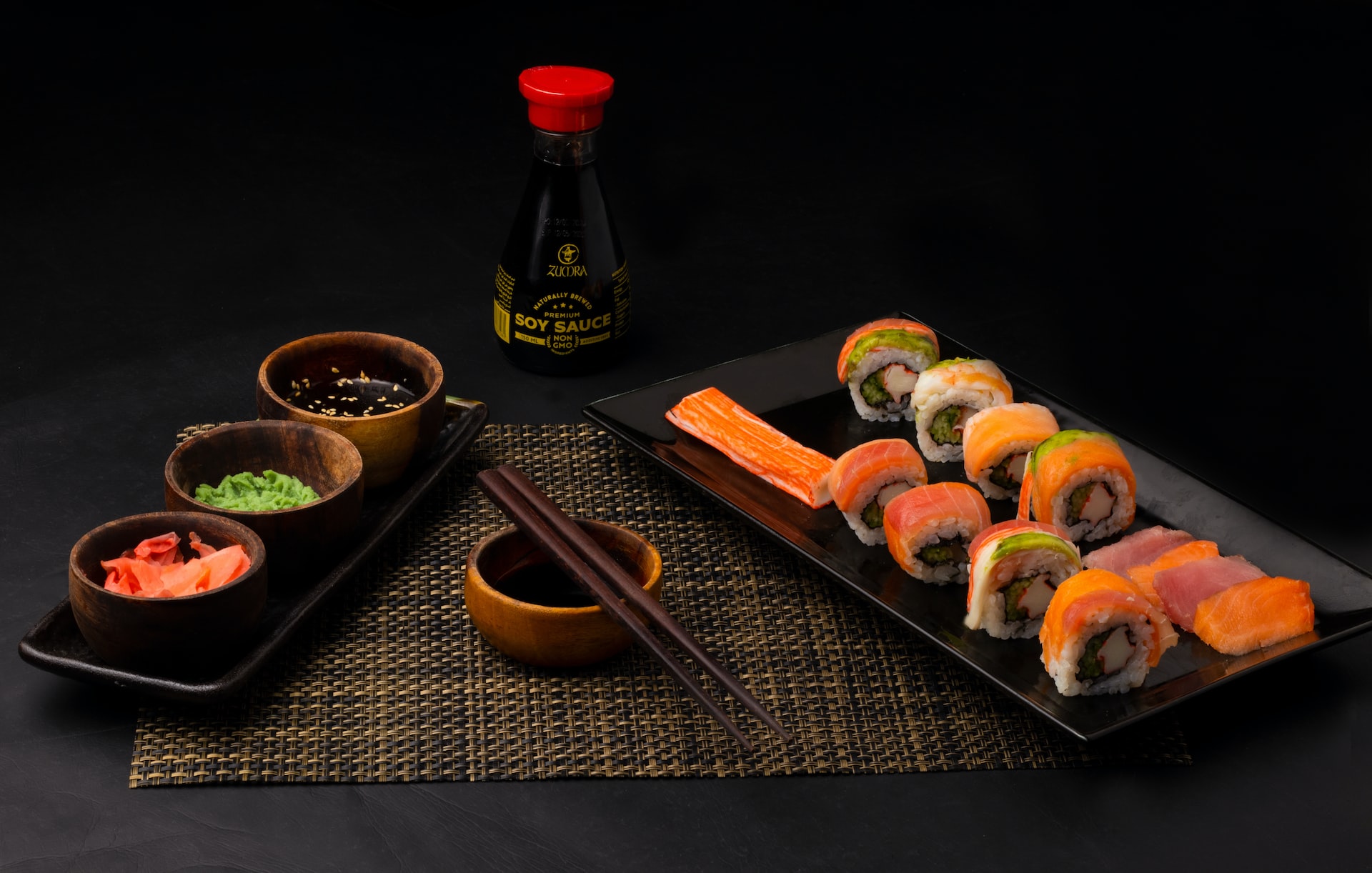You may have seen a section in your local fishmongers, or even supermarket, that contains “sushi-grade” fish. If you’ve ever been confused about this label, and what it might mean for the other fish that isn’t “sushi-grade” we’ve put together a quick guide to help clarify and demystify this term.
What does “sushi-grade” fish mean?
Officially, the term “sushi grade” means absolutely nothing. Sushi-grade fish (or sashimi grade) is an unregulated term used to identify fish deemed safe for raw consumption. And most fish vendors use the term “sushi grade” to indicate which of their supply is the freshest and of the highest quality. The term is also used to imply that the fish has been treated with extra care to limit the risk of foodborne illnesses.
Generally, when companies label their fish as “sushi-grade” they mean that it’s safe to consume raw. But that should be taken with a pinch of salt…
The dangers of the “sushi-grade” label
Because there is no official standard for “sushi-grade” fish, and it isn’t regulated by the Food Standards Agency, it can be used simply as a marketing ploy to sell more fish – and at a higher price. Of course, any food, including fish, that is sold must adhere to the general food safety and food hygiene regulations set out by the Food Standards Agency.
Ensuring raw fish is safe to eat
All uncooked fresh fish pose the risk of carrying several microbes and parasites that can cause food poisoning or infections. The only real way to be sure that you’ve eliminated any parasites in the raw fish is to properly freeze it. The only guidelines around freezing fish for raw consumption come from the FDA and can be found here, but recommended temperatures reach as low as 31°F – well below that of a standard home freezer.
At-home precautions should then be taken to reduce the risk of contamination. This includes, properly sanitising cooking work areas and tools, working with clean hands, touching the fish flesh as little as possible while you prepare it, and defrosting correctly in the refrigerator.
The best fish to use for sushi
Tuna is resistant to parasites, so it’s one of the few species of fish considered safe to eat raw with minimal processing. But there are other fish you can use for sushi too, including:
- Salmon
- Yellowtail
- Halibut
- Mackerel
- Seabass
If you’re looking for safe and delicious sushi, we have a range of delectable sushi options for you to try, all freshly frozen to lock in that flavour. When you order frozen sushi online you want to make sure that you’re getting high-quality fish that you can trust. And that’s what we provide here at Bradley’s Fish. Our freezing, preservation and delivery processes ensure that all our fish retain the nutrients, goodness and taste as when they were first caught from the sea. This high-quality, high-grade experience, is something we guarantee with every frozen sushi delivery we make.


